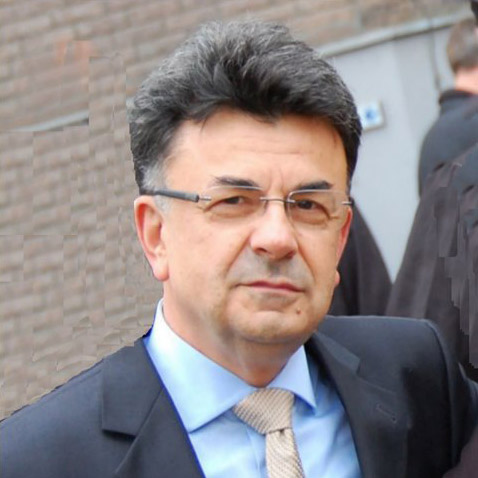

 Ivo W. Rangelow
Ivo W. Rangelow Abstract:
Further development of nanotechnology and nanoelectronics is determined not only by the ability to create nanometer scale features but also by the accuracy of the positioning and alignment to each other. Scanning probe microscopes are capable to image, characterize, measure, and manipulate at atomic scale being an irreplaceable tool in a wide variety of nanofabrication, positioning, and characterization methods. The use of atomically-sharp tips enables an ultimately localized interaction at atomic resolution. Often, this technology is called tip-based nanofabrication. With respect to the interaction mechanism, tip-based nanofabrication can be divided into two groups: (i) mechanical or thermo-mechanical interaction and (b) voltage-driven additive or ablative physical-chemical interaction. Tip-based nanofabrication can generate features in the so called “bottom-up” regime. In this case, atoms or molecules are assembled. Tip-based nanofabrication works also in the “top-down” regime, in which features are created into a bulk material.
This chapter provides a broad description on the development of atomic force microscopy (AFM) nano-structuring and fabrication at the nanometer scale. Attention is paid to the scanning probe techniques and processes that offer high-resolution lithography capabilities for the fabrication of “beyond CMOS” semiconductor devices.
This chapter also reviews the so called active probes, which have an integrated bending-sensor and actuator. Despite the fact that the active probes are known for more than 30 years, today the progress in micromachining makes them competitive with regard to the standard probes. The simple operation allows an easy usability in materials science, live-science, nanotechnology and nano-lithography.
Scanning probe imaging or lithography is a relatively slow serial process and despite massive efforts to make it faster, the throughput remains still limited. For this reason wide industrial applications have hindered its use. An alternative solution is massive parallelization of many active probes working parallel. This increases the productivity and turns out to be a highly attractive technology for many industrial applications. Consequently, active probes become the ultimate solution for next generation parallel scanning probes.
In addition, scanning-probe based nanofabrication can be employed in the fabrication of precise templates for the nano-imprint lithography and thus open horizons for cost-effective fabrication of many electronical or optical devices.
Bio:
Ivo W. Rangelow received the M.S. and Ph.D. degrees in electronics from the University of Wroclaw in 1983. He was as post-doc at the University of Muenster, where his research was focused on the development of ion and electron beam techniques. In 1985, he joined the Fraunhofer-Institute in Berlin, where he worked on X-ray lithography. In 1986, he joined the University of Kassel, where he was focused on the development of force sensors, microresonators, and novel fabrication techniques for MEMS and CMOS. In 2005, he joined the Ilmenau University of Technology. He was a Guest Professor with the University of Vienna, Wroclaw University of Technology, and the University of Berkeley. He has authored or co-authored over 300 scientific papers and holds 48 patents. Actually he is working on scanning probe lithography and single ion implantation for single electron and quantum devices. He is currently the Director of the Institute of Micro- and Nanoelectronics at the Ilmenau University of Technology.